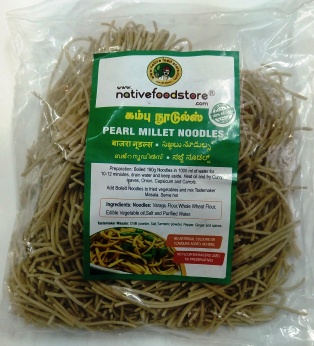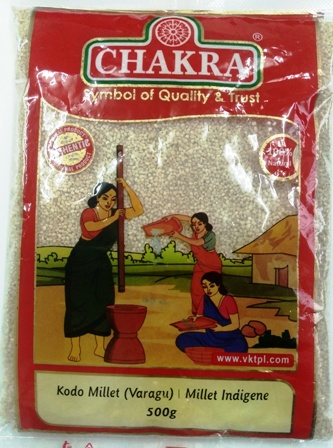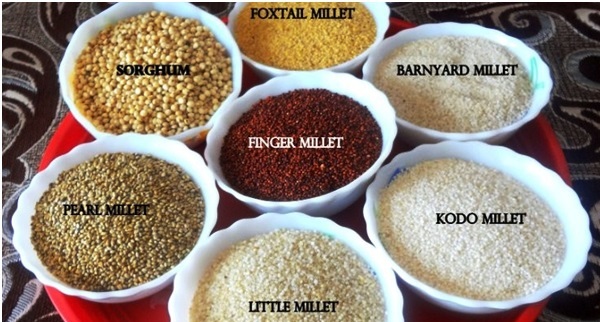Chez Deenu brings in healthy millet from India |16 July 2018
 |
 |
Millets come in a host of varieties and each has its own benefit

Chez Deenu Group of Companies has brought in a healthy product which it says helps with various health issues and considers it a need for our people.
This is millets which are also described as "miracle or good grains".
They are good for diabetic people and those who want to lose weight.
“There was a request from a few of our clients who have been consuming millets as part of their daily food. I am also one of them,” said ST Karpagam (a) Sashi, director, Chez Deenu Group of Companies.
Mrs Sashi said the consumers will be instructed in using and consuming the product while purchasing from the shop.
“They can clarify before purchasing the product. We have more than 18 varieties. Each has its own benefit,” she added.
Mrs Sashi said the product, which is imported from India, is a first in the country for sale. But many people in Seychelles have already started to use millets which she said are being sold at very competitive prices, which, she added, are affordable to everyone.
“The main need to introduce this product is to create health awareness and bring a healthy life style for our future generations. To bring in alternative food choices to the people who have diabetics and cholesterol problems,” she added.
The millets, she said, do not contain any preservatives and has no artificial colouring.
“It’s the first time we have introduced this product in Seychelles. If it’s been liked by all, it will be available on the market regularly,” Mrs Sashi added.
What are millets?
Millets are also called “miracle grains, good grains”. Millets are coming back to our kitchen in a slow and steady pace. Because millets have a short growing season, can withstand dry and high-temperature conditions yet yield well, they are popularly grown in the developing nations. In the developed nations, millets have been relegated to be used as bird feed. However, millets in India are enjoying rising popularity due to a variety of health benefits it provides. They are gluten free grains and hence it can be consumed by everyone.
Millet is an ancient seed (often described as a grain) that can be cooked quite similarly to quinoa, brown rice, oatmeal and faro. Commonly found in African and North Asian cooking, this seed has recently become quite popular in the states because it is gluten-free and easy on the digestive tract for those suffering from gluten allergies or intolerances.
History
The minor millets consumption has been in practice since the beginning of ancient civilisations of the world. Generally, the millets are small-grained, annual, warm-weather cereals belonging to the grass family. They are highly tolerant to extreme weather conditions such as drought and are nutritious compared to the major cereals such as rice and wheat. They contain low phytic acid and are rich in dietary fibre, iron, calcium and B vitamins. Moreover, these millets release sugar slowly in the blood and also diminish the glucose absorption. These properties of the minor millets made the present consumers attracted to the consumption of millet.
Millet has an interesting characteristic in that the hulls and seeds contain small amounts of goiterogenic substances that limit uptake of iodine to the thyroid. In large amounts these “thyroid function inhibitors” can cause goitre and some researchers feel this may explain, at least in part, the perplexing correlation between millet consumption and goiter incidence in some of the developing countries where millet constitutes a significant part of the diet. In many of these countries another contributing factor may be a lack of sufficient dietary iodine.
Millet – isn't that a type of birdseed? Well, yes, but it's not just for parakeets! Millet is a woefully overlooked grain, mildly sweet and nutty and so versatile it can be used in everything from pilafs to cookies. It has a soothing, comforting quality that makes it ideal for fall and winter meals. Millets are food for future, astonishingly low water consuming crops.”




